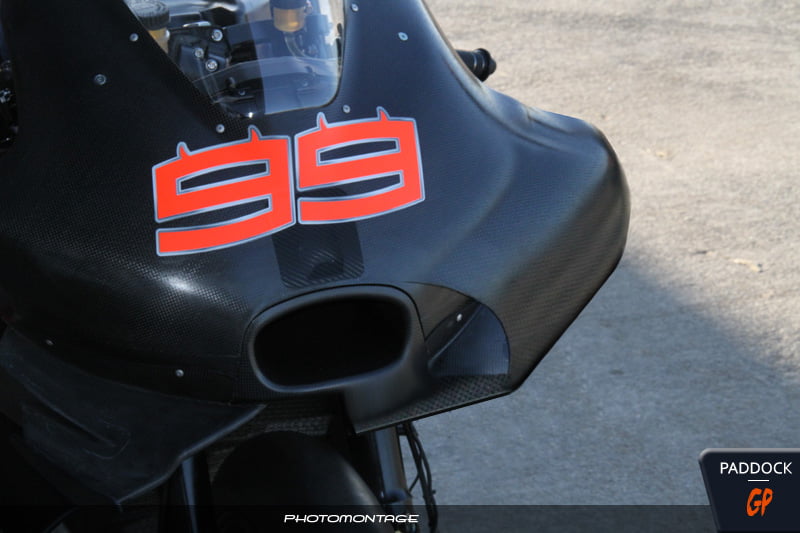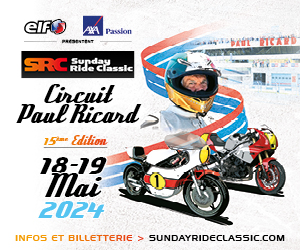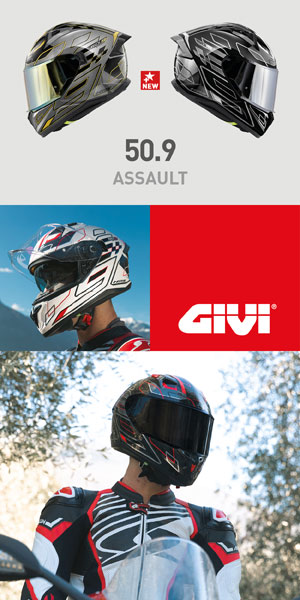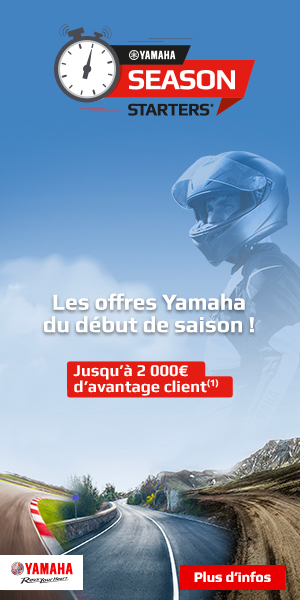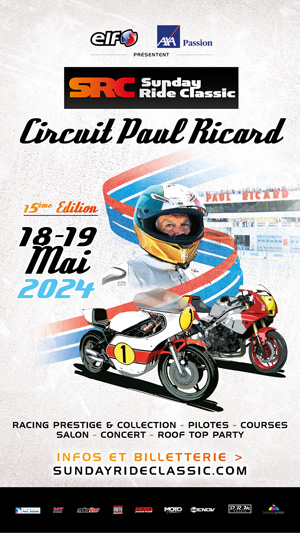Exited through the front door at the end of this season due to issues of disagreement between the authorities and the builders, the latter are trying by all means to get them back in through the window.
Recall of facts:
In this year 2016, the fins were singled out, mainly at the instigation of Honda, in the name of safety. Whether justified or not, this argument could not make the authorities, and therefore those responsible, insensitive, and they therefore asked all the builders to come to an agreement among themselves and sign a document relieving them of all responsibility.
Obviously, the agreement was not reached and no document was signed, even if it is possible to make fins which break easily (see our photos) and therefore undoubtedly less dangerous than an aluminum toe clip. -retractable, as is the case on all MotoGP.


Goodbye to the ailerons, then, except that since the ban on the latter all the manufacturers have tried to compensate for the loss, estimated at 4 tenths per lap, which they brought, and they have started to study every word of the regulations concerned (Paddock translation -GP):
It is not permitted to have devices or shapes protruding from the fairing or bodywork and not integrated into the curves of the bodywork (e.g. fins, fins, bulges, etc.) which may provide an aerodynamic effect (e.g. providing downforce, disrupting the aerodynamic wake, etc.).
The Technical Director will be the sole judge to determine whether the design of a device or fairing falls within the above definition.
The “sole judge”, in this case Danny Aldridge, confided to crash.net"I can confirm that Yamaha showed me various fairing designs, including a few in Valencia, to find out whether or not they will be legal in 2017. I can't say too much about the designs, but I basically informed them of what would be approved and what would not. It's not just Yamaha submitting designs, and most other manufacturers have also done the same thing. "
For engineers, the word “exceeding” seems to be the flaw in this article, what if Yamaha seems to be working on a semi-conventional design providing more support due to the shape of the fairing itself (we can think of a fairing with a snub nose, a grouper mouth and more offset handle profiling), bolder solutions appear to be being tested in Italy, based on the following precept.
“The fins should not protrude from the fairing? So you have to put them inside. And since there is no room inside for that, they have to be faired”.
Thus, we are talking about double-skin fairings being tested at the moment on the other side of the Alps, with fins between the two layers of the fairing concerned.
Our photomontage at the top of the article gives an idea of the principle of a faired upper fin, therefore possibly regulatory. The same principle could extend to the fins on the sides.
It should be noted that several tests dating back decades would also make it possible to recover the lost support at a lower cost while complying with the letter of the regulation, if not in spirit. We are thinking in particular of the designs of the Japauto endurance or the ELF e which could be adapted to the intended objective.

Will we see bold devices next year? We ardently hope this, because MotoGP must remain a research category and explore new avenues.
There will undoubtedly be some pretty ugly things, as well as more conventional fairings, but, whatever the fairing used in Qatar, each manufacturer will have the right to bring a new one during the season, except KTM which, as as a beginner, is not limited in the number of its developments in this area.
Strongly 2017!










